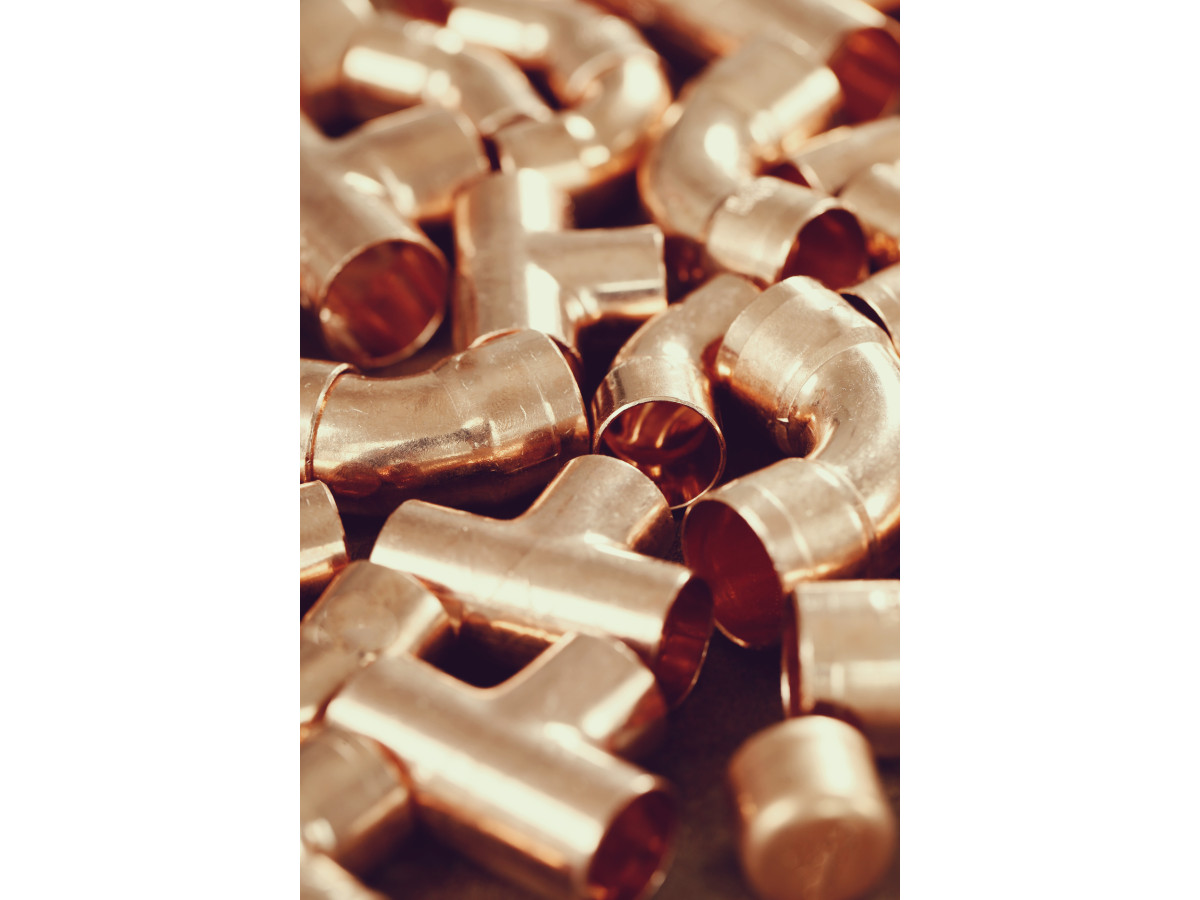Brass bushings are essential components in many mechanisms and structures. The reliable operation of machinery often depends on their performance. However, even these reliable parts can encounter various operational issues. Let’s examine the most common challenges and effective methods for addressing them.
Key Issues with Material Use
One of the main causes of premature failure of brass bushings is improper installation. Often, tolerances and fits are not taken into account during installation, leading to increased friction and accelerated wear. It is important to remember that while brass is a fairly durable material, it requires precise adherence to installation dimensions. Special tools should be used during installation, and the manufacturer’s recommendations regarding torque settings should be followed.
The quality of lubrication has a significant impact on the lifespan of bushings. Insufficient lubricant or improper selection can lead to scoring on the working surface and the appearance of metal shavings. It is recommended to use specialized lubricants suitable for brass and to replace them timely according to maintenance schedules.
Corrosion is another factor that can significantly shorten the lifespan of brass bushings. Although brass has good corrosion resistance, in aggressive environments or with improper material combinations, galvanic corrosion can develop. This is particularly relevant when in contact with certain types of steel or aluminum alloys.
Signs of Brass Bushing Wear
Key signs that a brass bushing requires attention include:
- The emergence of unusual noises or vibrations during machinery operation. This may indicate that the worn bushing no longer ensures smooth sliding of parts, leading to friction and vibration.
- Increased play or gap in the connection. Wear of the bushing leads to an increase in the free space between parts, reducing the precision of the mechanism and potentially causing a breakdown.
- Visible signs of wear or scratches on the working surface. Mechanical impact causes scratches, scoring, and other defects on the bushing surface, indicating wear.
- Darkening or discoloration of the material. Changes in the color of brass may be related to oxidation or corrosion, signaling degradation of the bushing material.
- Presence of metal shavings in the lubricant. The appearance of metal shavings in the lubricant indicates that worn metal particles are detaching from the bushing surface.
- Difficulty in rotating or moving connected parts. Increased friction due to bushing wear makes it difficult for parts to move.
- The appearance of leaks in hydraulic systems. If the bushing is used in a hydraulic system, wear may lead to micro-cracks and fluid leaks.
- Uneven wear of the working surface. Uneven wear can be caused by various reasons, such as improper installation, poor lubrication, or overload.
How to Extend Lifespan?
To extend the lifespan of brass bushings, the following operational rules should be followed:
- Ensure regular and quality lubrication.
- Monitor the degree of contamination in the working environment.
- Adhere to the operational temperature range.
- Conduct periodic inspections and preventive maintenance.
- Avoid overloads and exceeding allowable loads.
- Use quality seals.
- Timely address any emerging play.
- Protect from abrasive particles.
Upon detecting problems with brass bushings, immediate action should be taken. Neglecting the early signs of wear can lead to serious malfunctions and significant repair costs for the entire device. If you notice unusual sounds or increased play, a diagnosis should be performed, and damaged components replaced if necessary.
The storage of spare bushings also deserves special attention. Even quality brass parts can lose their properties if not stored correctly. The storage area should be dry, with a constant temperature and moderate humidity. Bushings should be protected from direct sunlight and aggressive chemicals.
It is also important to consider that different grades of brass have varying wear resistance and strength characteristics. When replacing worn bushings, it is essential to use parts made from the same or manufacturer-recommended material. Using bushings made from an inappropriate grade of brass can lead to accelerated wear and malfunction of the mechanism.

